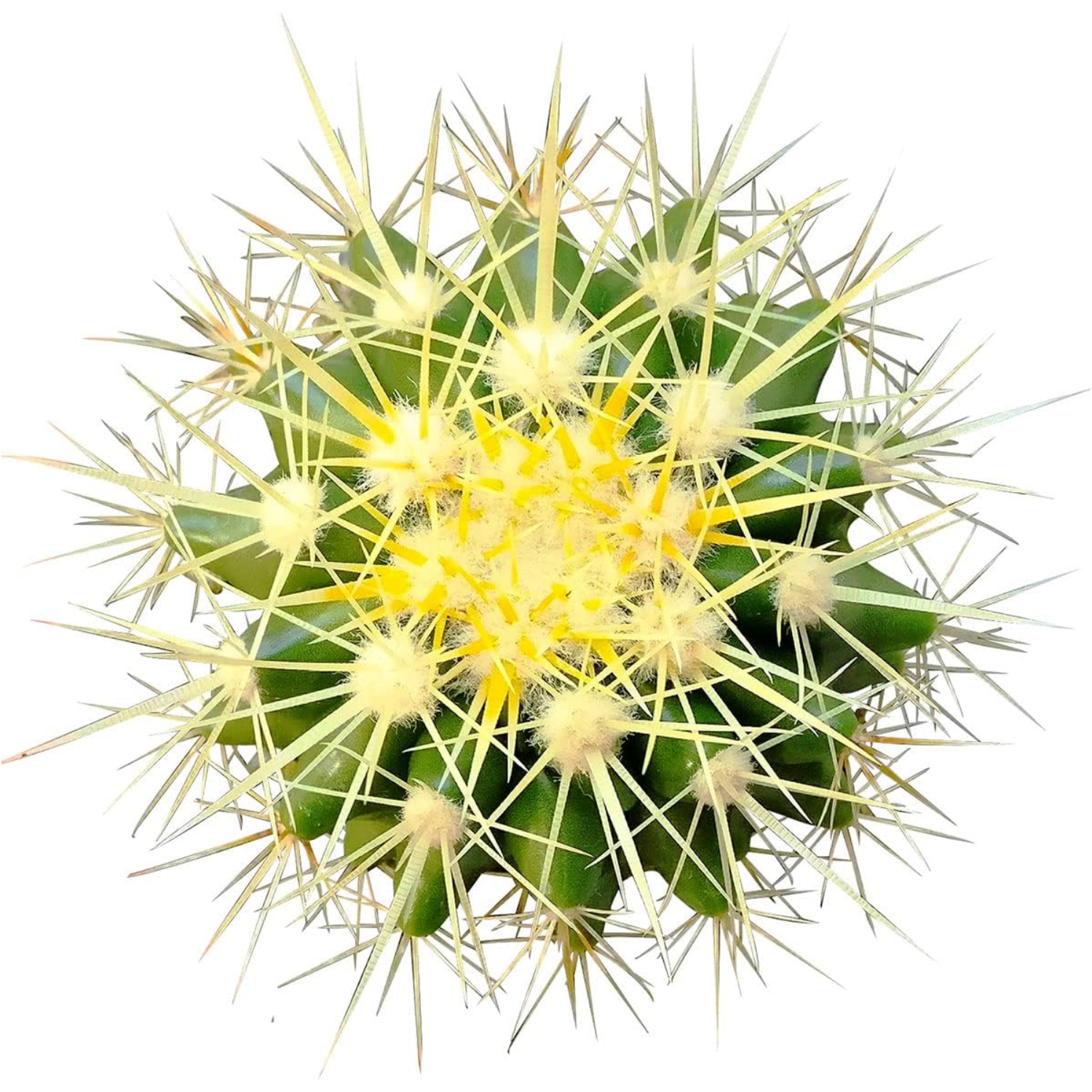How to Grow Cactus Plants Indoors — 6 Easy Steps to Help These Architectural Scene Stealers Thrive
Cared for properly, these prickly plants can live for up to 10 years. We've had relationships with humans shorter than that
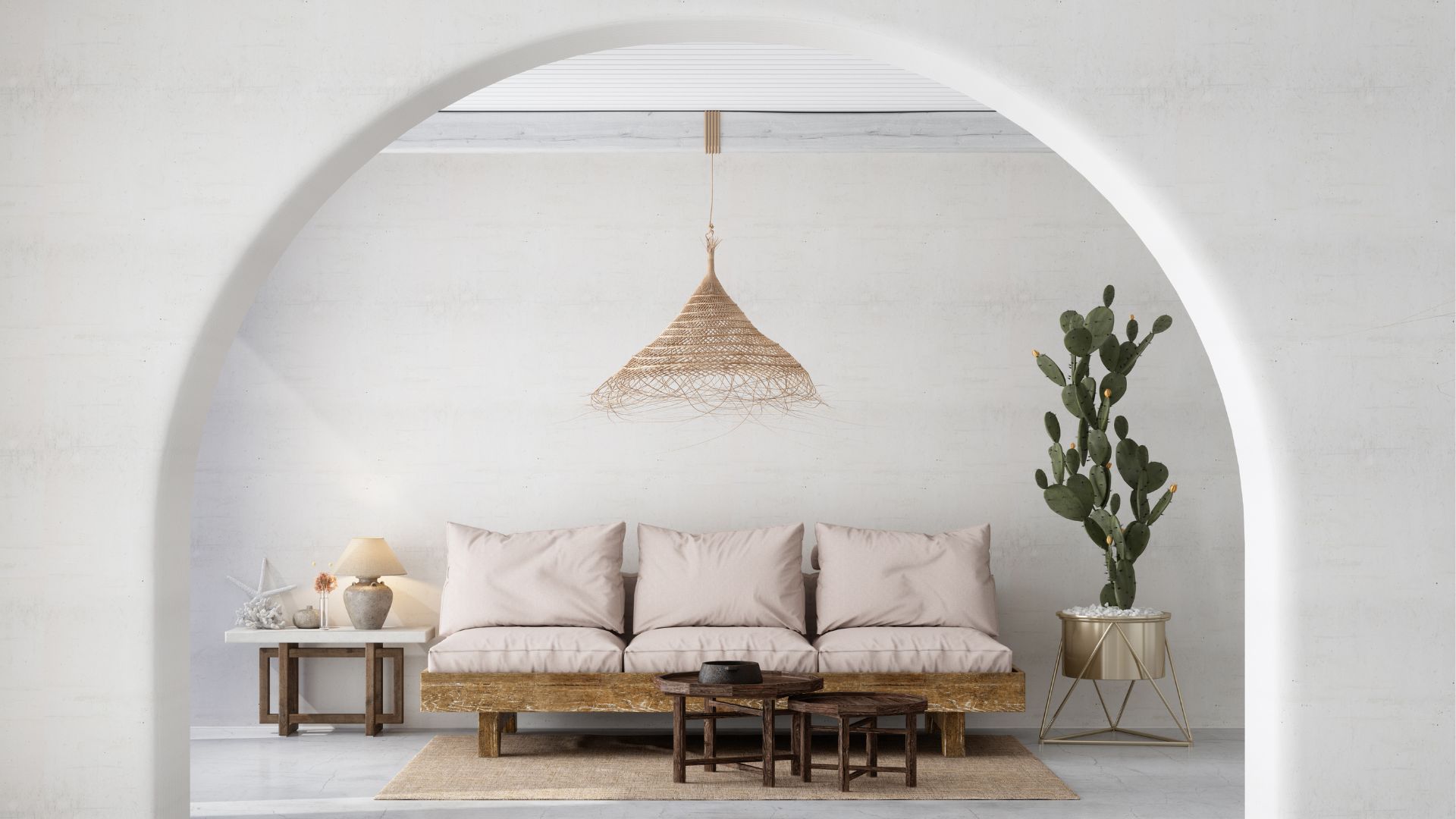

I find that I'm particularly drawn to landscapes adorned by cacti. Perhaps it's the eye-catching prickly silhouettes or maybe it's because they don't need a ton of upkeep — either way, there's just something about a cactus garden that immediately elevates an outdoor space. But if you don't have heaps of exterior square footage to work with, the good news is that cacti can be grown indoors too.
So if you're interested in introducing an earthy flourish to your home, decorating with cacti may be your untapped source of focal foliage. Now, there's the question of where to begin. Since these American natives are usually relegated to front yards, the trick is to tweak the guide to better suit an interior environment.
If you're unsure of how to begin plant parenting these gorgeous crops, you've come to the right place. We have put together an extensive guide to growing and caring for cacti like a pro. Plus, we also have a couple of homebound cacti recommendations that will set you up for success.
How to Grow Cactus Indoors

Gardening expert Tony O'Neill tells us that you're only six steps away from a beautiful indoor cacti garden.
Step 1 - Choose the Right Pot: Before you begin sowing your cacti, he points out that it's important to ensure your pot has good drainage holes.
Step 2 - Select Suitable Soil: Next, he suggests picking out a gritty, well-draining mix as this is crucial to creating a conducive environment for cacti growth.
Step 3 - Planting: "Plant the cactus in the pot, positioning it so that the soil level is just right," he advises. "Make sure it's not too deep to cover the base excessively."
Step 4 - Lighting: "Follow through by placing the cactus in a spot that receives plenty of indirect sunlight," he says.
Step 5 - Watering: When it comes to hydrating your cacti, he explains that it's best to water deeply but infrequently, allowing the soil to dry out completely between waterings.
Step 6 - Fertilizing: "During the growing season (spring and summer), you can feed your cacti with a diluted low-nitrogen fertilizer every few weeks," he says. This Dynamite Sun Bulb Cactus & Succulent Plant Food from Walmart comes in a convenient shaker bottle for easy feeding.
If you'd like to bring the charm of cacti into your home now, then we recommend following our winter cacti care guide for a winning houseplant collection.
How to Care for Cactus Indoors

In conversation with Paris Lalicata, a plant expert at The Sill, she tells us that there are a couple of important factors to consider when growing cacti indoors.
Lighting: She explains that cacti thrive in bright, indirect sunlight to full sun, preferably in a south or west-facing window. If natural light is not enough, she recommends using indoor growing lights for up to 12 to 14 hours a day so the cactus gets the light it needs to grow.
Watering: During the active growing months, she encourages watering them on a one to two-week basis; whereas during the dormant months, she finds that a three to four-week frequency is best. "Some cacti can even go the entire winter without water if you reduce the light," she adds.
Environment: "Maintain indoor temperatures between 60 to 80°F and try to avoid sudden drafts or cold temperatures below 50°F for species that aren't cold hardy," she advises. "Cacti prefer low humidity so make sure the room has good air circulation or even consider a dehumidifier if the room tends to get extra humid."
This Small Home Dehumidifier from Walmart is a best-seller, available in both black and white hues to camouflage into your home.
Soil: She tells us to always use a well-draining cactus or succulent potting mix as standard potting mix will retain too much moisture. This Rosy Soil Cactus and Succulent Organic Potting Mix from Amazon is perfect for your budding cacti collection.
Potting: She recommends using a planter with drainage holes to ensure water never sits at the roots. "Some plant parents even prefer using terracotta for cacti as its porous nature allows more airflow to the roots," she notes. "Depending on your cacti’s growth, you may need to repot it every two to three years or whenever it outgrows its current pot."
Best Cacti As Houseplants
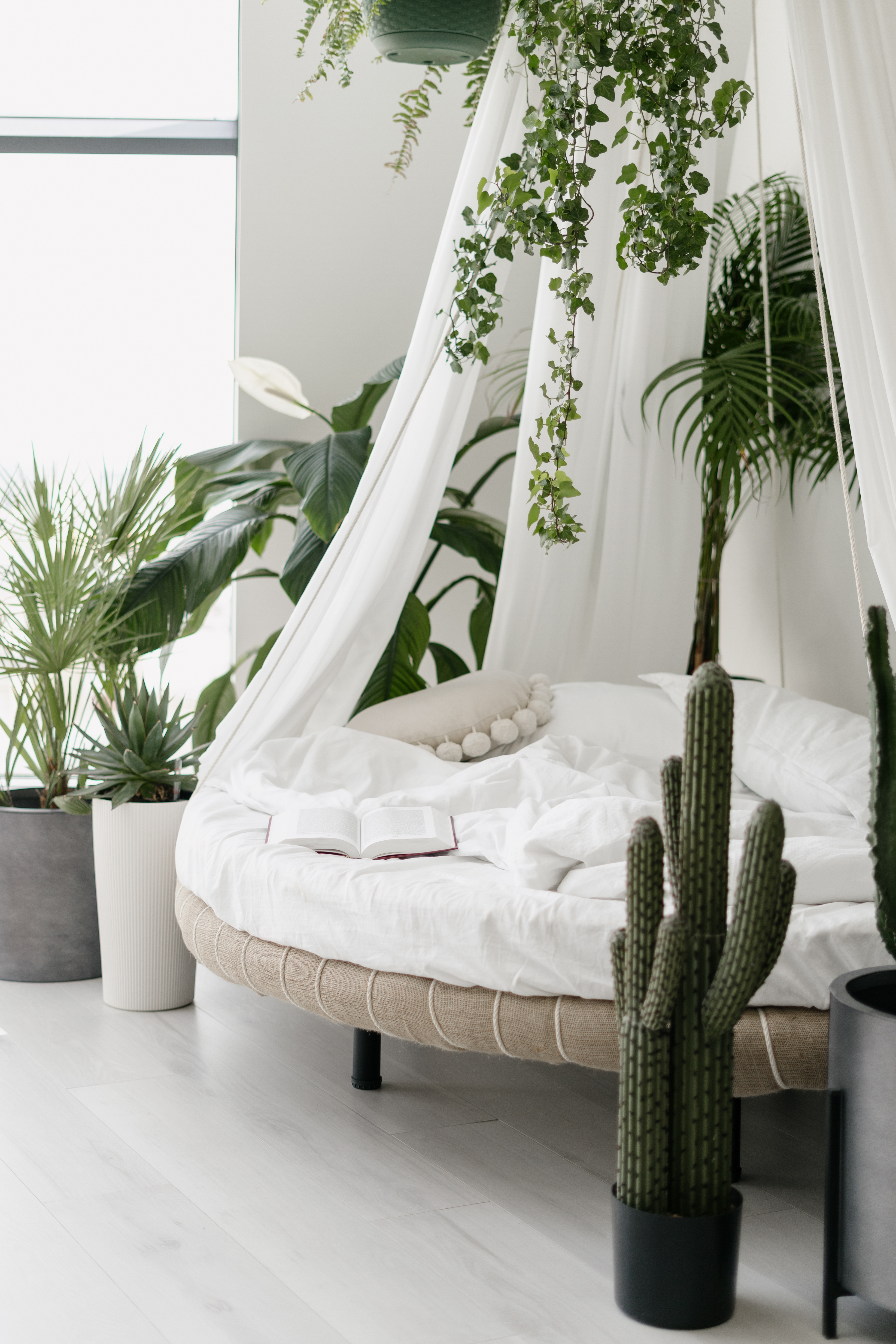
Similar to the best indoor succulents, there are some varieties that are meant to be bred inside while others are better suited to the outdoors. Here are some expert-approved cacti species that will thrive within the walls of your home.
Christmas Cactus (Schlumbergera): Unlike typical desert cacti, Tony explains that this variety thrives in indirect light and higher humidity, making it perfect for indoor environments.
Star Cactus (Astrophytum asterias): "Its small size and low water requirements make it ideal for desktops or windowsills," he notes. Plus the star-like cacti spiral is quite the pretty prickly.
Golden Barrel (Echinocactus grusonii): He finds that the golden barrel cactus offers striking visual appeal with its spherical shape and ribbed body, suitable for sunny indoor locations.
Bunny Ears Cactus (Opuntia microdasys): "This cacti species is named for its unique, ear-like pads," he explains. "It's easy to care for and adds a quirky touch to any indoor setting."
Zebra Cactus (Haworthia fasciata): "Its distinctive striped, spiky leaves are visually appealing," he notes. "And it's very tolerant of indoor light conditions."
Cuddly Cactus (Cereus cactus): "The cuddly cactus from The Sill gets its name due to the absence of spine clusters, making it a safe option to keep around pets and children," Paris explains. "They are perfect for an indoor garden for those who love cacti without the harmful spines."
Nana Cactus (Espostoa nana): "The Peruvian nana cactus is named for its distinctive white, hair-like covering that brings to mind your sweet nana or pop pop," she says. "This slow-growing cactus requires minimal watering, making it an excellent low-maintenance choice for plant lovers."
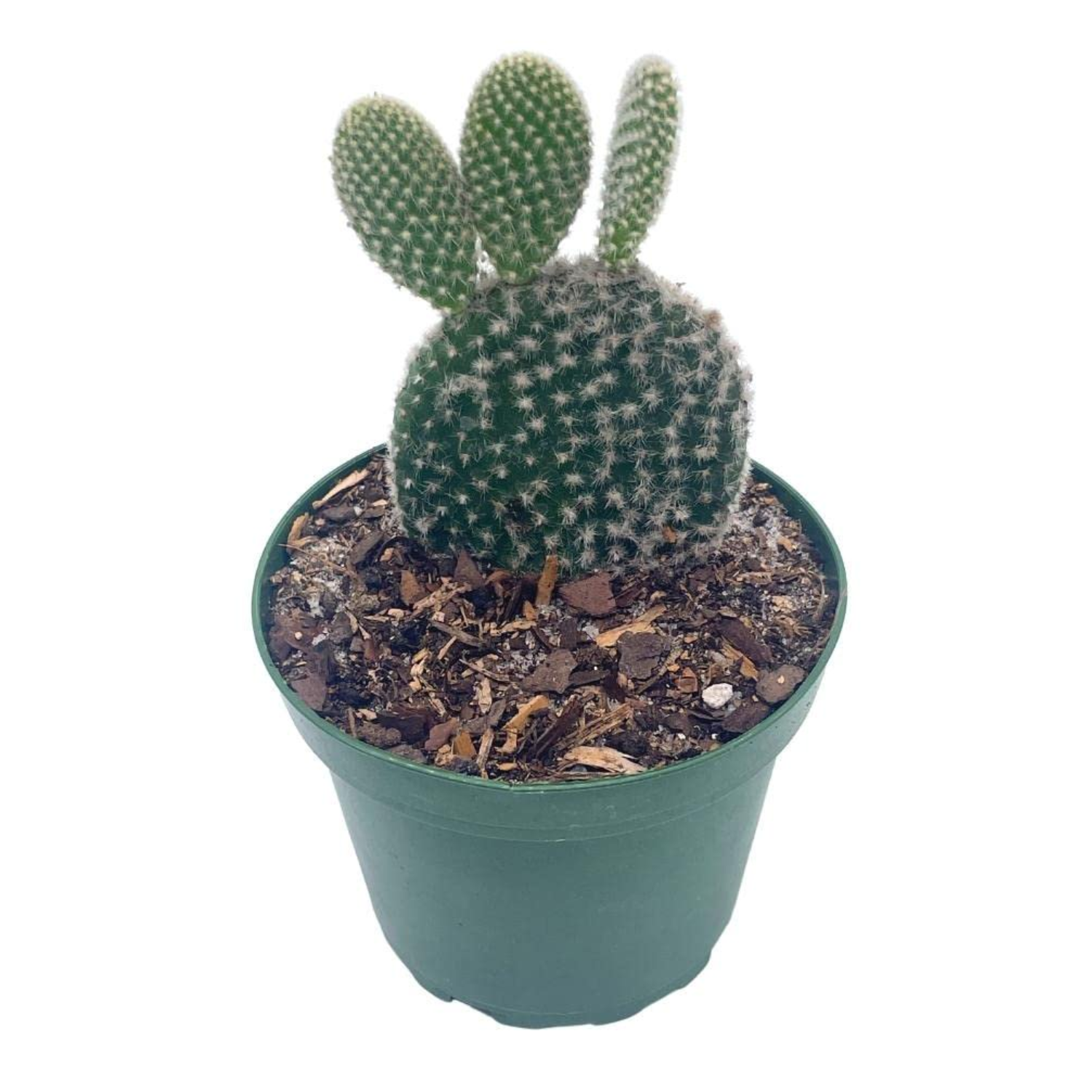
Price: $22
Size: 4" Pot
This Bunny Ears Cactus from Walmart makes for an incredibly adorable addition to your home garden and one look at the plant will banish any questions about the name's origin.

Price: $35
Size: 6" Pot
Perfectly festive and wonderfully pink, we recommend treating your home to this Christmas Cactus from Garden Goods Direct now so you can enjoy the foliage through the holiday and after too.
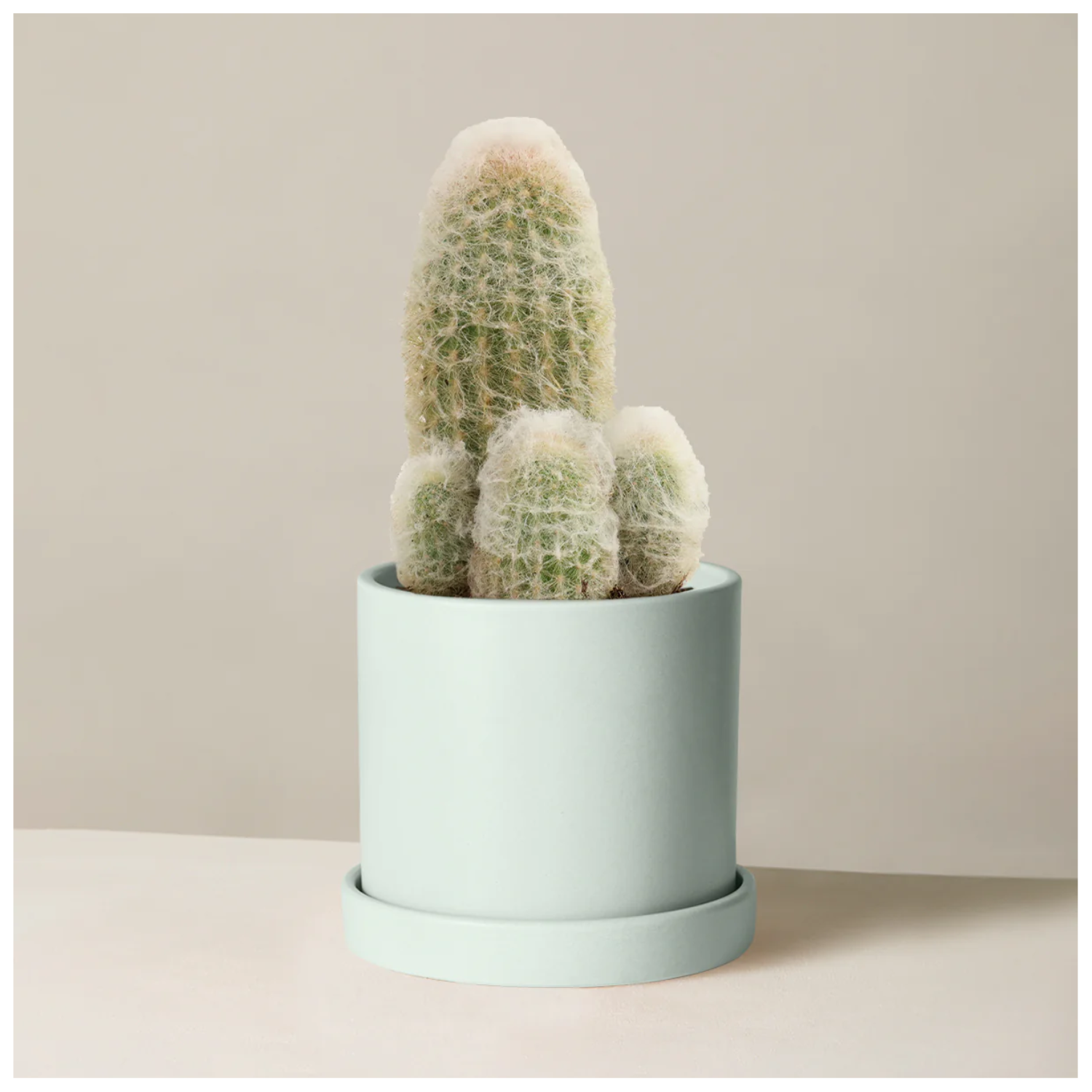
Price: $69
Planter: Hyde
If you're basic averse and prefer to adopt unique-looking plants into your houseplant garden, this Peruvian Nana Cactus from The Sill is the perfect but to add visual interest to your space.
If you've been looking to grow your indoor jungle and buy some houseplants to start the new year off with a calm and connected living space, you can't go wrong with cacti.
They won't take too much of your time in terms of upkeep and are small enough to adorn most nooks. Consider this your sign to get yourself a couple of cute cacti plants and sparse them around your home for a touch of striking ornamental plant life.
Be The First To Know
The Livingetc newsletters are your inside source for what’s shaping interiors now - and what’s next. Discover trend forecasts, smart style ideas, and curated shopping inspiration that brings design to life. Subscribe today and stay ahead of the curve.

Amiya is a Home Wellness Writer at Livingetc. She recently graduated with a Masters Degree in Magazine Journalism from City, University of London, and has lent her words to beauty, fashion, and health sections of lifestyle publications including Harper’s Bazaar and Women’s Health. Her experience as a research analyst has equipped her with an eye for emerging trends. When she’s off the clock, she can be found reading, listening to music, or overanalyzing her latest Co-Star update.
-
 The Weighted Blanket That Doesn’t Make You Sweat (and the Eye Mask to Match)
The Weighted Blanket That Doesn’t Make You Sweat (and the Eye Mask to Match)Luxury has weight. And apparently, volcanic minerals
By Julia Demer
-
 What Is Biophilic Interior Design? I'm an Actual Biophilic Designer, and This Is How to Apply It to Your Home
What Is Biophilic Interior Design? I'm an Actual Biophilic Designer, and This Is How to Apply It to Your HomeA biophilic designer explains the core principles of this practice, and the easy ways you can apply it to your home's design
By Marianna Popejoy
-
 These Are the Dos and Don'ts of Bamboo Plant Placement — Follow This to Avoid Bad Feng Shui
These Are the Dos and Don'ts of Bamboo Plant Placement — Follow This to Avoid Bad Feng ShuiBy following the experts' guidance on where to place this houseplant you can usher luck, wealth, and prosperity into your home
By Lilith Hudson
-
 Is It Okay to Have a Mirror Facing a Door in Feng Shui? The Verdict Is In and It Just Might Surprise You
Is It Okay to Have a Mirror Facing a Door in Feng Shui? The Verdict Is In and It Just Might Surprise YouDecorating your home with mirrors calls for intention if you're dressing your space in accordance with Feng Shui. Here's what you should know.
By Amiya Baratan
-
 4 Things to Unpack as Soon as You Move House — For a Comfortable and Organized Fresh Start
4 Things to Unpack as Soon as You Move House — For a Comfortable and Organized Fresh StartIf you have a major move in the works and you're looking to prepare in advance, this is the starter kit you need to properly set up your new home.
By Amiya Baratan
-
 10 Decluttering Challenges to Have on Your Radar This Year — For a Tidier, More Mindful Home
10 Decluttering Challenges to Have on Your Radar This Year — For a Tidier, More Mindful HomeIf you're interested in transforming your home for the better, here are 10 decluttering challenges I recommend for a professionally tidy space.
By Amiya Baratan
-
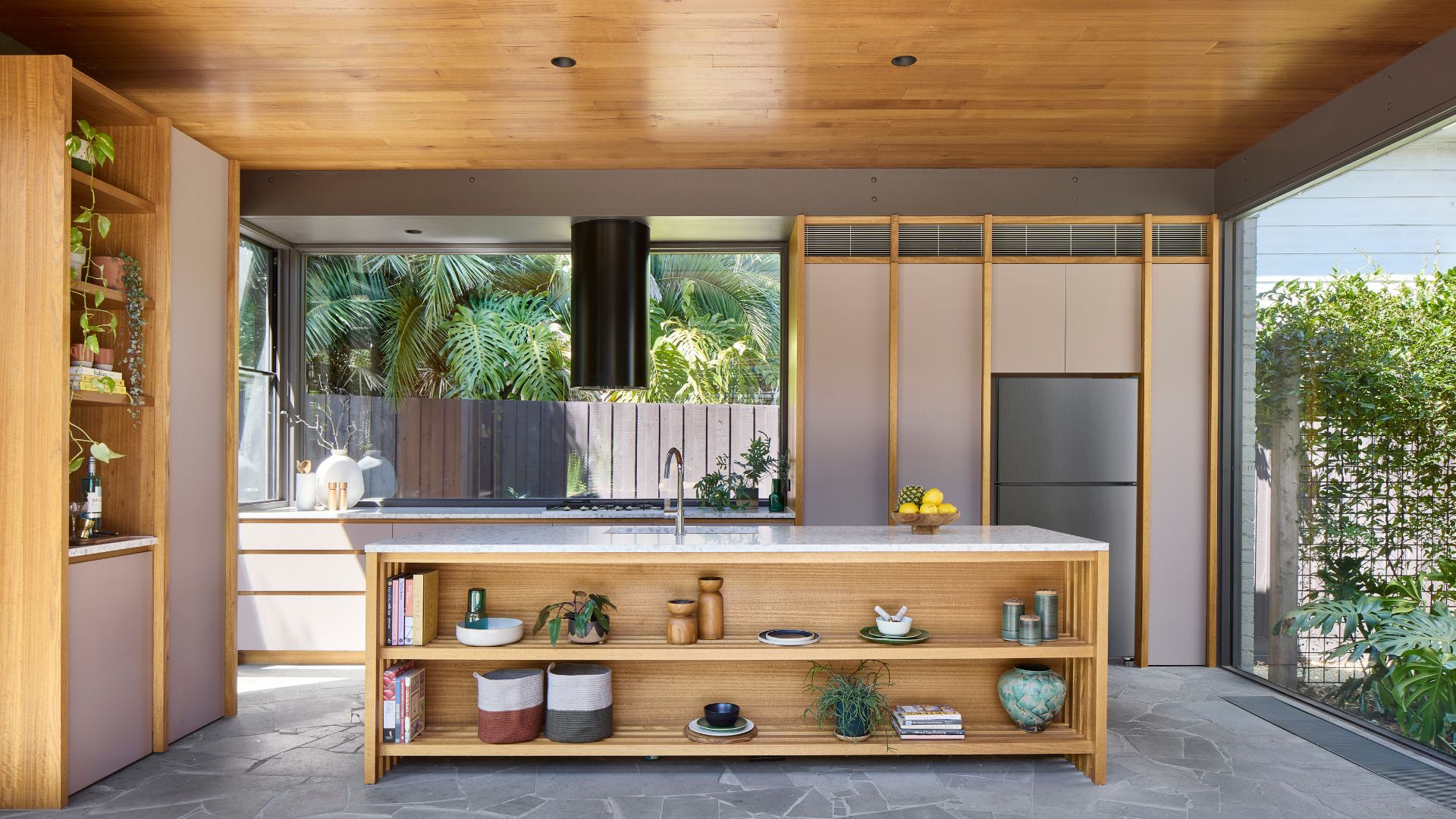 Biophilic Decluttering — What to Take Out of Your Home (and What to Put in) for a More Natural Home
Biophilic Decluttering — What to Take Out of Your Home (and What to Put in) for a More Natural HomeTry your hand at biophilic decluttering to ground your interiors, connect to the environment, and cure chronic clutter in one go. Here's how.
By Amiya Baratan
-
 The 10 Different Types of Kitchen Taps — And the Pros and Cons of Each One to Know Before You Pick
The 10 Different Types of Kitchen Taps — And the Pros and Cons of Each One to Know Before You PickFrom sleek pull-outs to vintage bridge taps, explore 10 kitchen tap styles that mix function, flair, and a splash of cool
By Linda Clayton
-
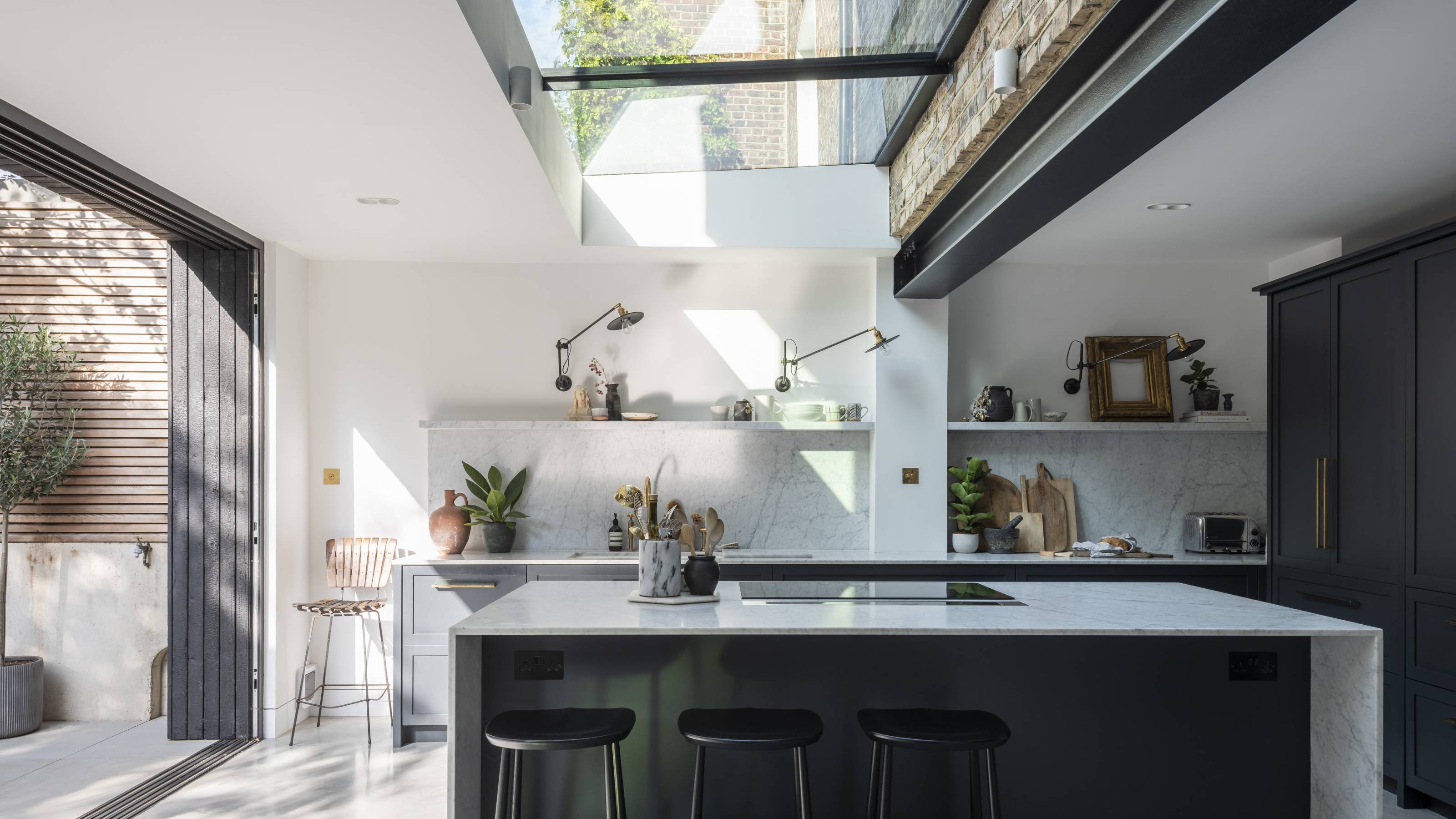 How Much Does an Extension Cost in 2025? Renovation and Design Experts Break Down Your Budget
How Much Does an Extension Cost in 2025? Renovation and Design Experts Break Down Your BudgetExplore how much different types of extensions cost in 2025 to budget for your project accurately
By Amy Reeves
-
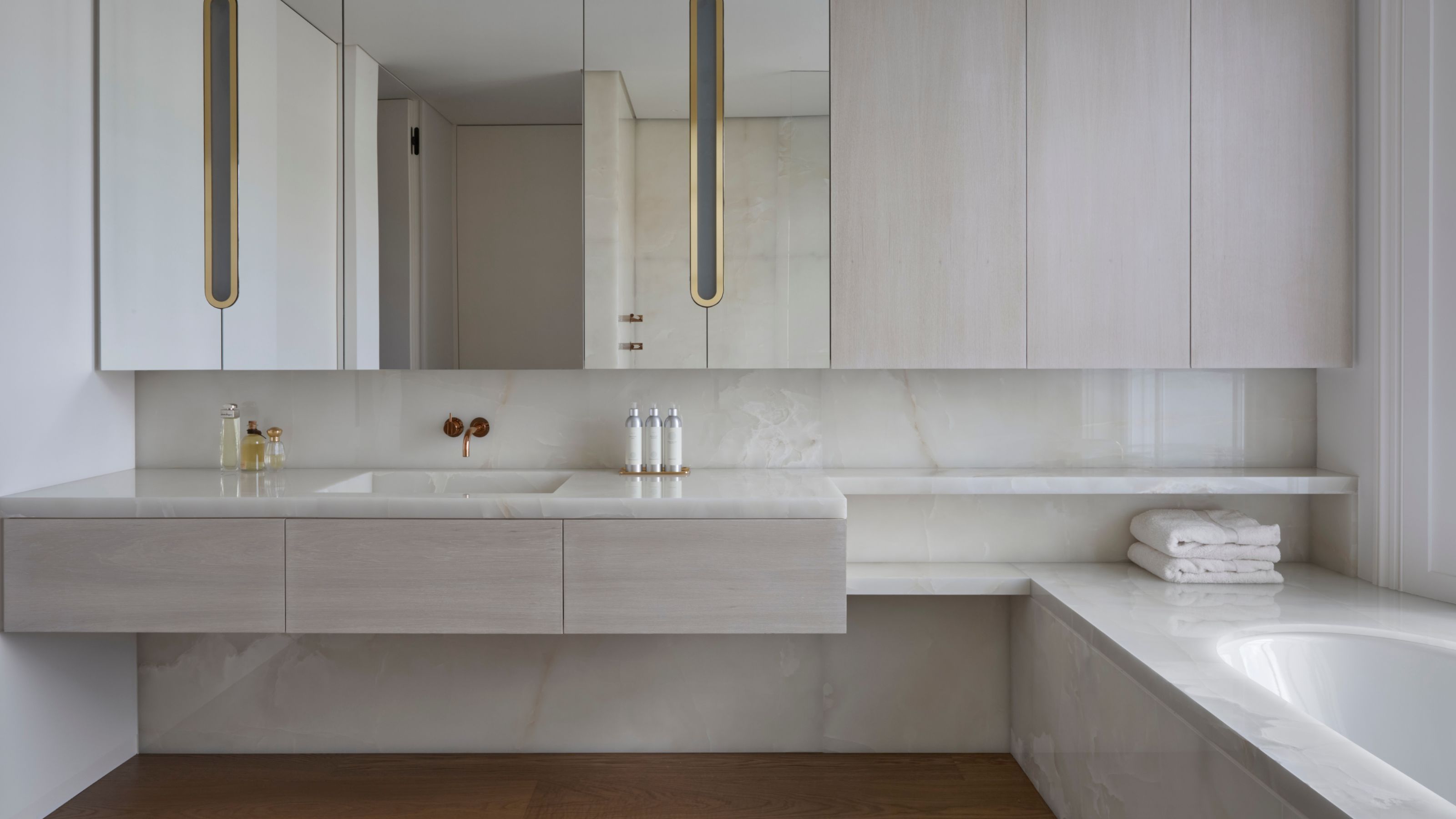 9 Bathroom Storage Mistakes You're Probably Making That Make Using This Space Much Harder — And What to Do Instead
9 Bathroom Storage Mistakes You're Probably Making That Make Using This Space Much Harder — And What to Do InsteadDiscover which mistakes are to blame for your overcrowded and cluttered bathroom
By Seraphina Kyprios
